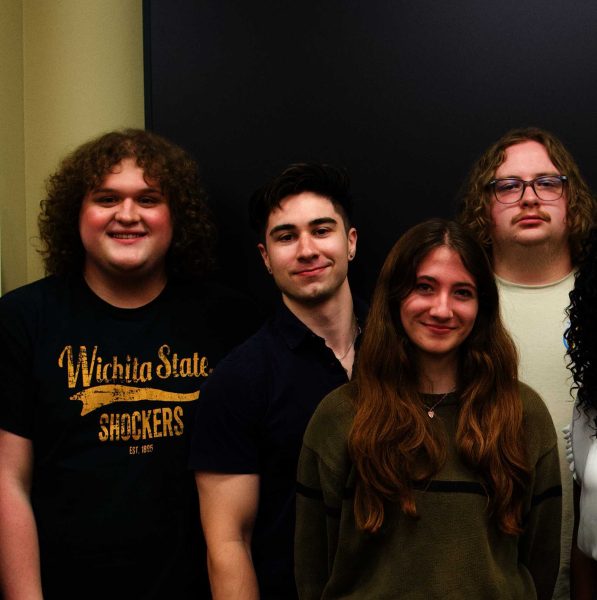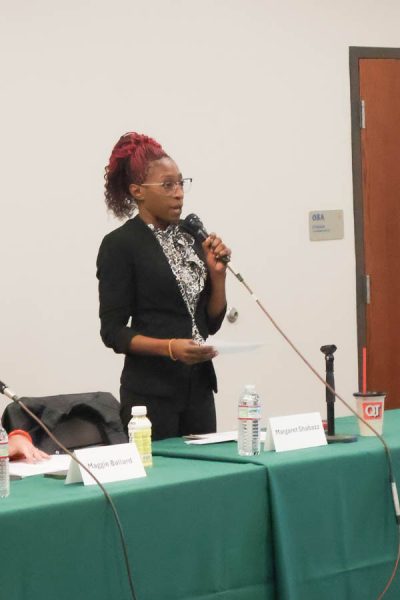Wichita State professors invent Google Glass camera attachment
Between Google Glass, Microsoft HoloLens and the litany of smartwatches from companies such as Samsung and Apple, the tech world is going to be drowned by a wave of gadgets for wearing, not holding, in the next year or two.
As always, early users of said devices have found hardware and software shortcomings for manufacturers to sort out before they are ready for primetime.
At Wichita State, Jibo He, Barbara Chaparro and Long Wang found that Google Glass does not have a sufficient camera for the kinds of work the researches would like to do with the device. To remedy the problem, they invented a small attachment called “Google Lens” that widens the field of view using a fisheye lens.
Chaparro, a psychology professor and director of the Software Usability Research Lab, said she wants to use streaming video from Google Glass wearers in her research. However, the constraints of the device’s camera made it difficult to conduct research.
“What we’re trying to do is stream video from the point of view of the operator,” Chaparro said. “The issue was the narrow field of view of the camera didn’t allow us to see everything we wanted to see.”
One example of where this would be useful is if medical students wanted to watch a surgeon perform a procedure from a first-person perspective, which would allow them to see exactly what the surgeon sees. With Google Lens, the footage would have a wider, more useful field of view.
The current model of Google Glass (which was meant more for research than for mass consumers) was actually discontinued in January, as Google implied it would go behind the scenes and redesign the product.
Wang, a graduate student who helped design the Google Lens attachment, said he sees this as an opportunity to make the device better for consumers.
“The project for Google Glass has stopped, and moved to another department,” Wang said. “They may improve Google Glass, and give Google Glass a new life.”
According to He, a psychology professor, one major revision Google could make to the hardware would be to make it foldable, like a pair of glasses.
The device has been banned in certain establishments around the country because of the privacy concerns that arise from people essentially wearing cameras on their faces, and He said making it easy to fold Google Glass and put it away would solve that problem.
“If some place bans it and you can fold it and hide it somewhere, that’s acceptable,” He said. “The current design, you are unable to fold it.”
He also said the discontinuation of the current model does not affect his research.
“The major goal for Google, for me, is to find the current limitations of the hardware, and help to address these issues,” He said.
With the advent of widely available wearable devices on the horizon, Chaparro said she sees great potential in hands-free technology. One example she gave was an aircraft mechanic who needs to look up something, but cannot get to a computer or phone.
“We can do a lot of things on our phones right now, but that requires us to touch the phone,” Chaparro said. “It can be huge in that arena because you’re able to get information that you need without having to touch anything.”







